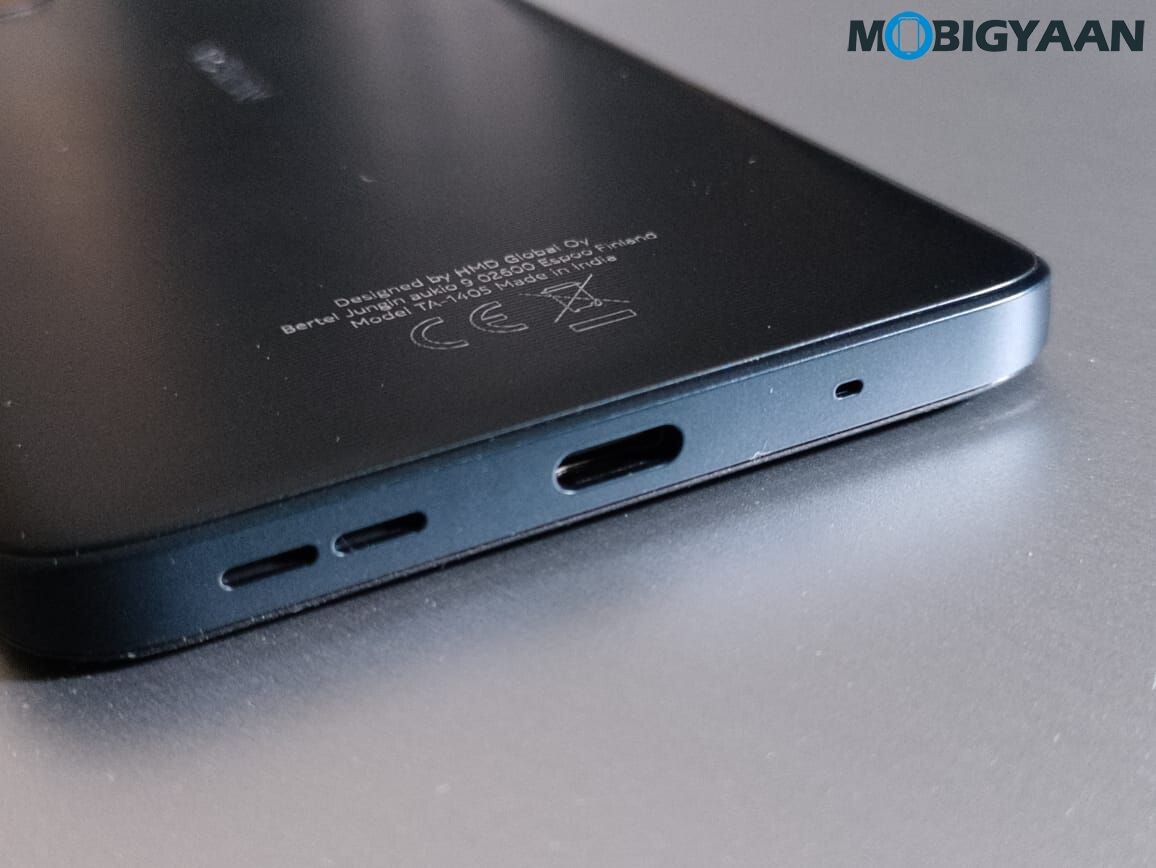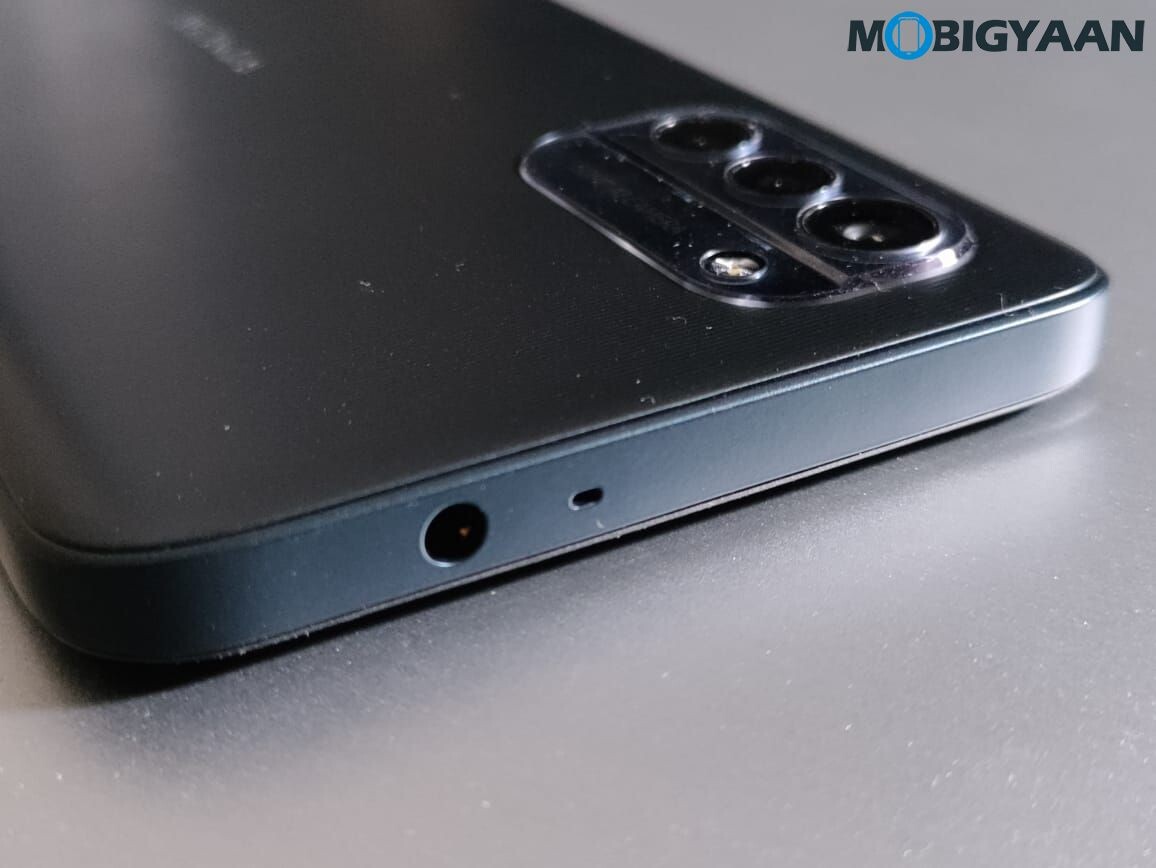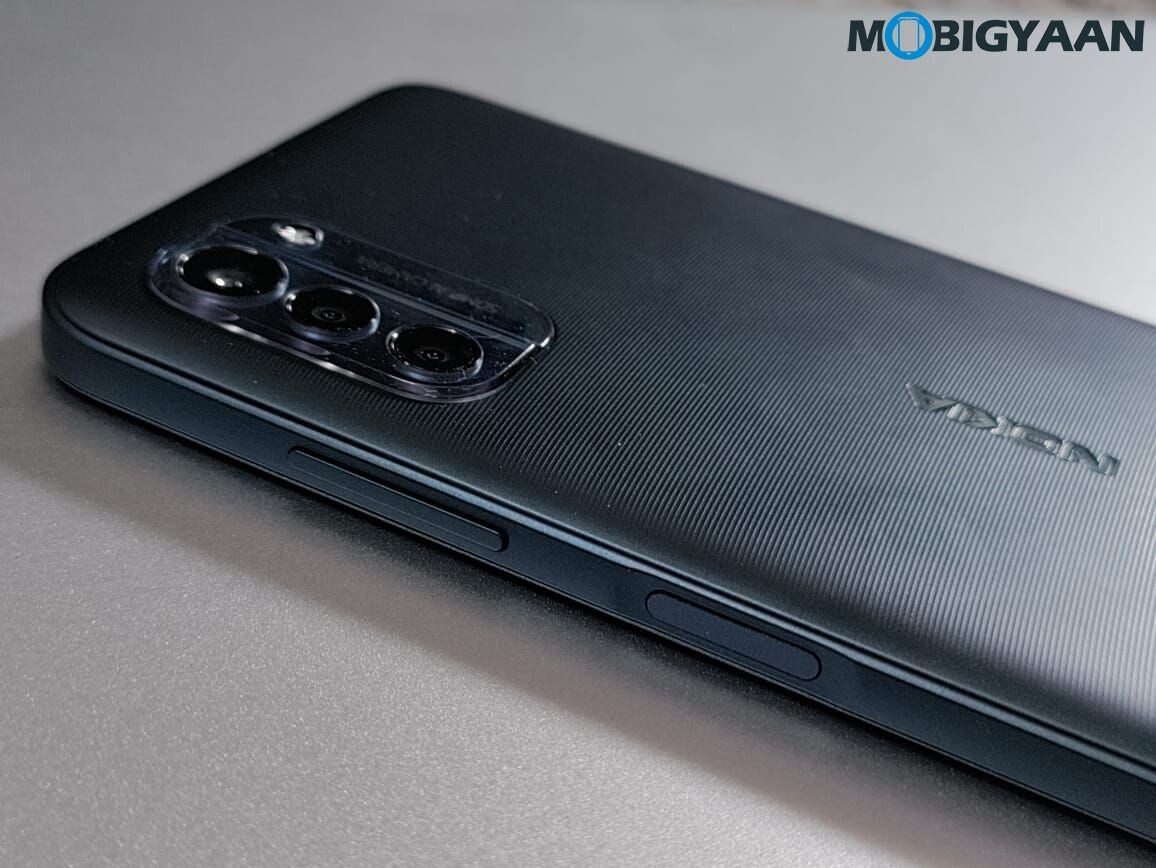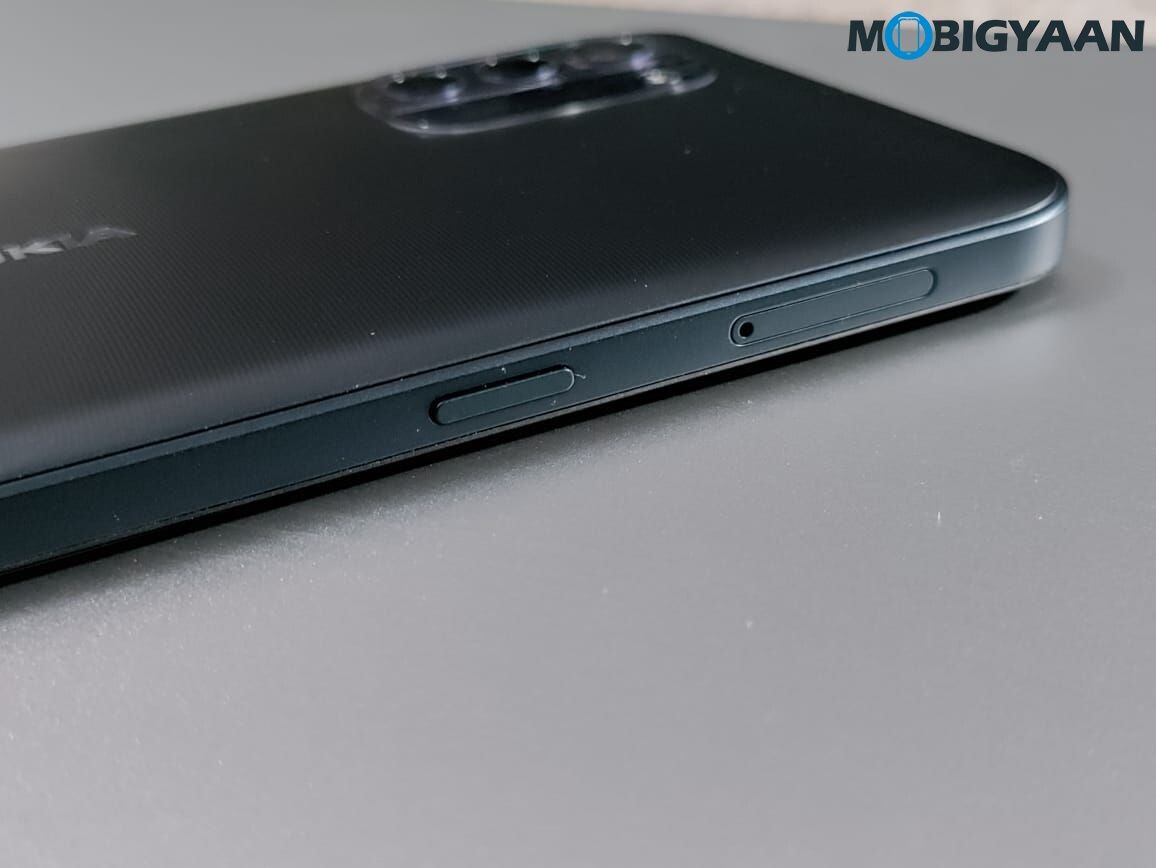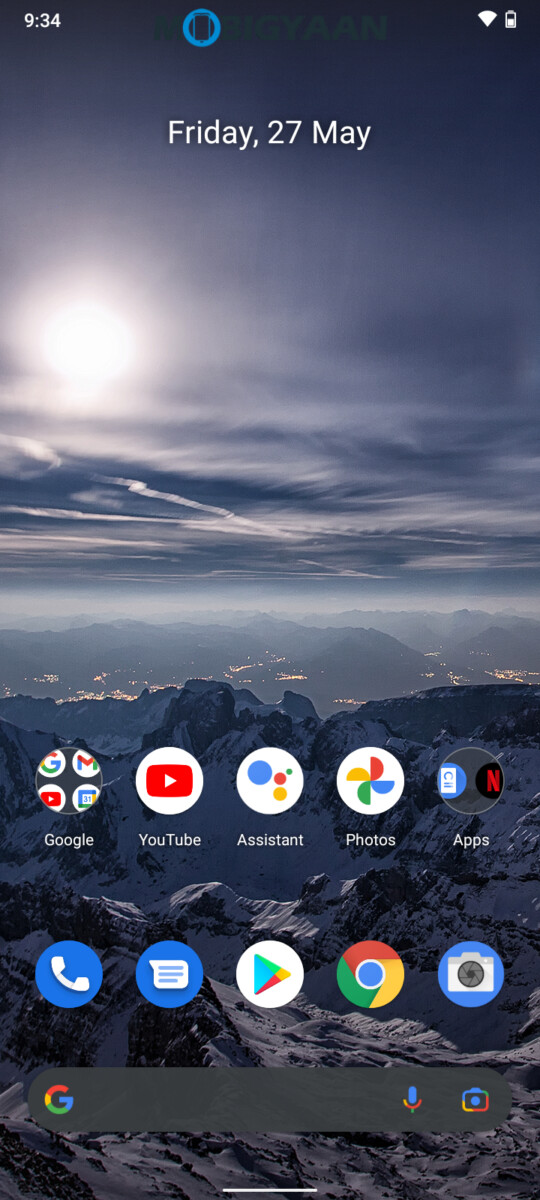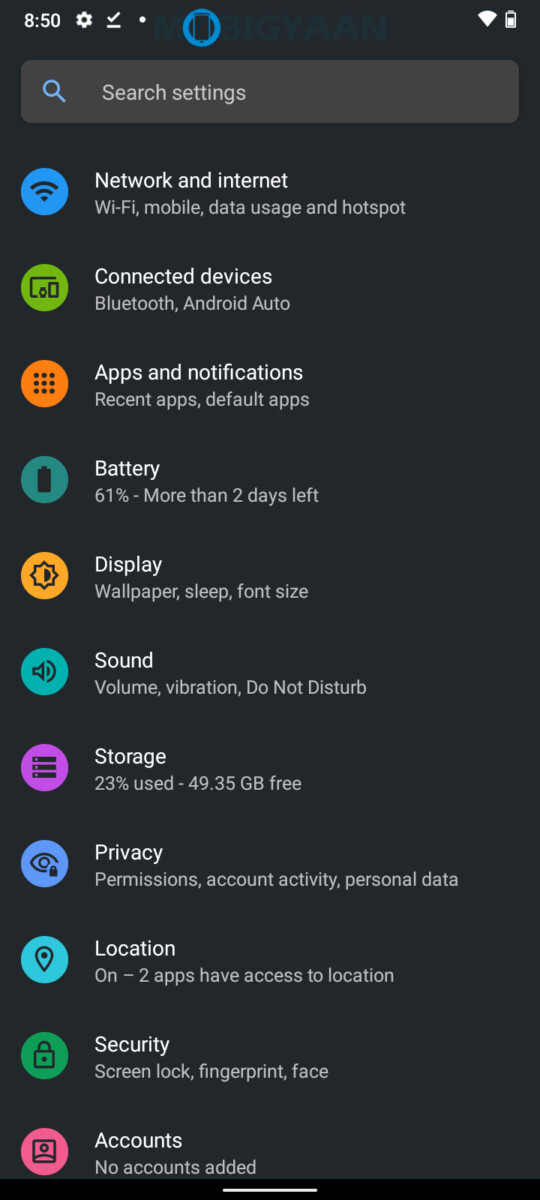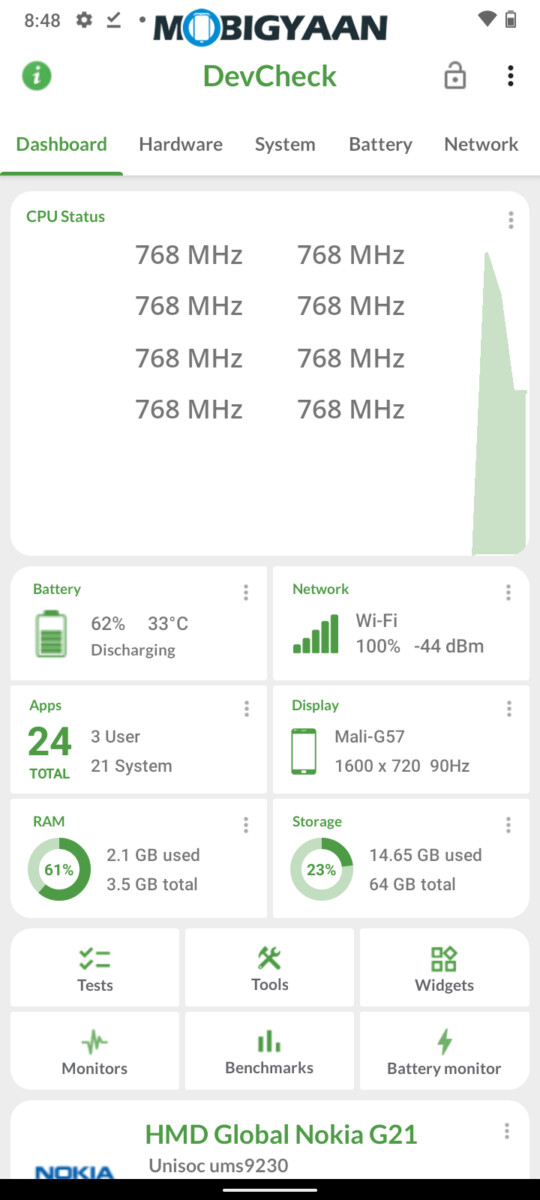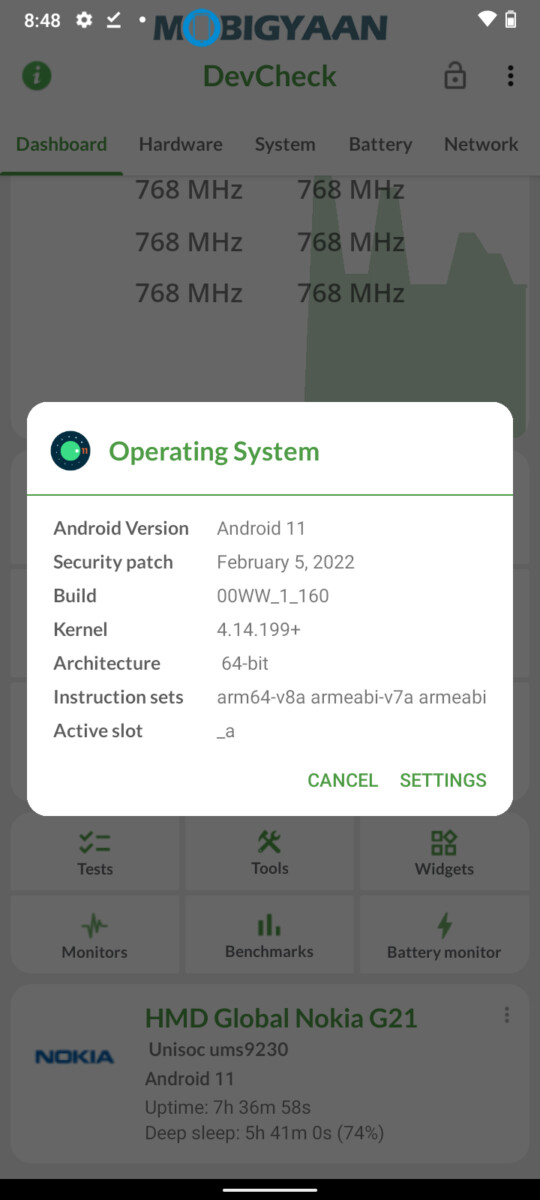Just after launching the Nokia G20 in Q2 of 2021, Nokia has now launched its latest mid-range smartphone, the Nokia G21 in India. The newly launched Nokia G21 brings in a multitude of new features over its predecessor including a 6.5-inch 90Hz HD+ (1600 x 720 pixels) display, 50MP triple camera setup, a Unisoc T606 SoC and a 5050mAh battery.
That said, here’s an in-depth review of the newly launched Nokia G21 and whether it’s worth buying or not.
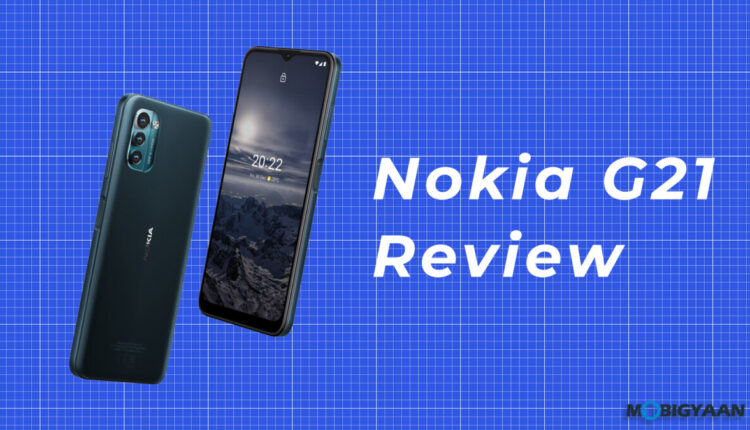
Nokia G21 Specifications
- Display: 6.5-inch HD+ (1600 x 720 pixels) IPS display running at 90Hz of refresh rate
- Software: Android 11 Go
- CPU: 12nm Unisoc T606 (2x Cortex A75 cores clocked at 1.6 GHz + 6x Cortex A55 cores clocked at 1.6 GHz)
- GPU: Mali G57 MP1 GPU clocked at 650 MHz
- Memory: 6GB or 4GB of LPDDR4x RAM
- Storage: 64GB or 128GB of eMMC 5.1 internal storage + 512GB of expandable storage using the dedicated MicroSD slot.
- Rear Camera: Triple cameras (50MP Primary + 2MP macro + 2MP depth ), LED flash
- Selfie Camera: 8MP
- Others: Side-mounted fingerprint scanner, Face Unlock
- Cellular: 4G network, dual SIM, dual 4G standby support
- Battery: 5050mAh battery
- Charging: 18W of charging via USB-C port (10W adapter included in the box)
- Weight & Thickness: 190g and 8.5mm respectively
- Price:
- ₹12,999 (4GB + 64GB)
- ₹14,999 (6GB + 128GB)
Design, Display & Build Quality
Kicking things off with its design, the Nokia G21 feels like a pretty standard mid-range smartphone with nothing special about it as you would expect from a device at this budget. At a weight and thickness of 190g and 8.5mm respectively the Nokia G21 feels great in hands, especially due to its textured polycarbonate back panel that makes it grippy to hold while averting those greasy smudges.
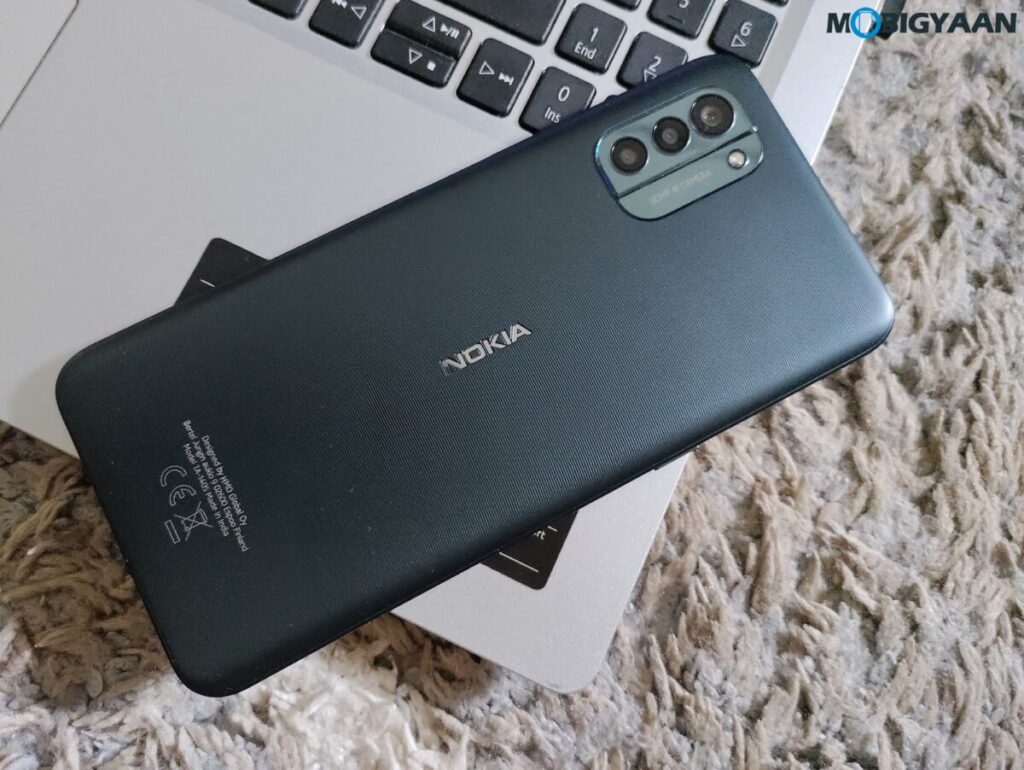
Furthermore, the flat-edged frame of the Nokia G21 is also constructed using plastic and offers a USB-C port paired with a single/mono downward firing speaker along the bottom edge. Whereas on the top edge there’s a 3.5mm headphone jack and a microphone.
Coming to its sides, the right edge of the Nokia G21 features a side-mounted fingerprint scanner paired with a volume rocker. Whereas there’s a dedicated Google assistant button alongside a 4G capable dual sim card slot on the left side of the device.
Plastic back panel and frame aside, the Nokia G21 will be available in two—Nordic Blue and Dusk color variants with the front of the device sporting a 6.5-inch HD+ (1600 x 720 pixels) display that supports refresh rate and touch sampling rate up to 90Hz and 180Hz respectively. Whereas, the actual IPS LCD panel offers a pixel density of 270 ppi and gets pretty bright at 400 nits of peak brightness. Lastly, the display is accompanied by an 8MP waterdrop notch selfie camera at the top and a rather thick chin at the bottom.
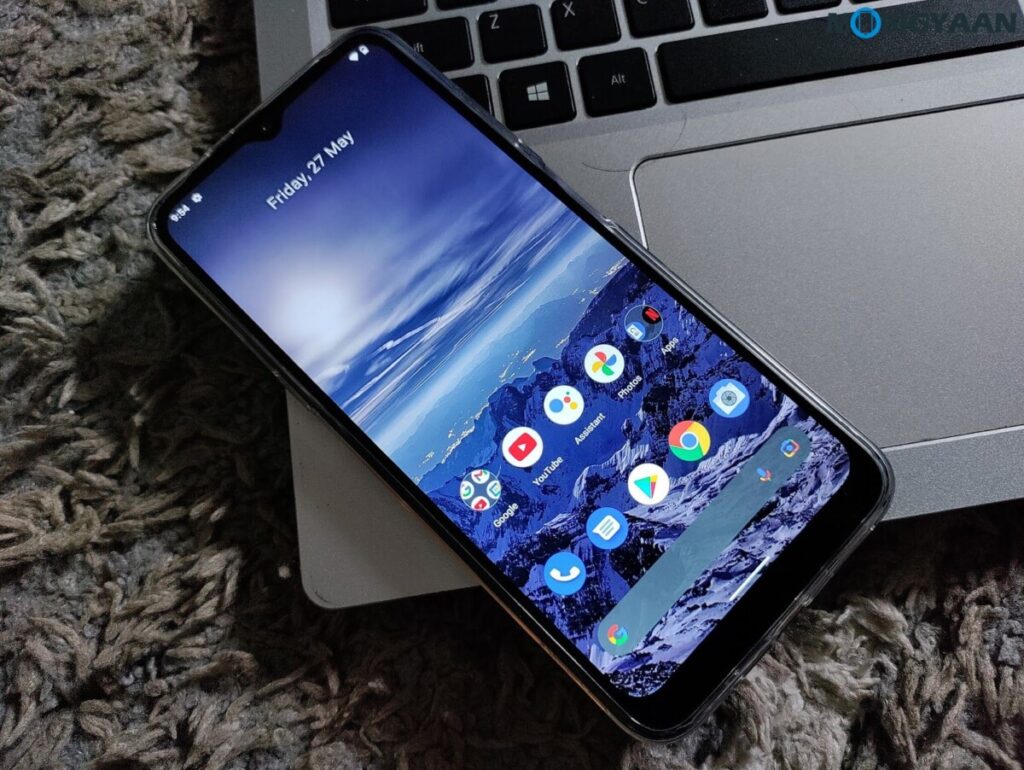
Hardware & Overall Performance
Now, let’s take a look at the internals of the Nokia G21 which includes a Unisoc T606 Octa-core SoC paired with up to 6GB of RAM and 128GB of internal + 512GB of expandable storage, a 5050mAh battery and much more. For starters, the Unisoc T606 SoC, Unisoc’s entry-level octa-core chipset offers 2x Cortex A75 cores clocked at 1.6 GHz and 6x Cortex A55 cores also clocked at 1.6 GHz. This makes the phone great for normal day to day usage with a slight lag here and there but we won’t recommend it for any kind of heavy gaming mainly due to an overall weaker CPU and GPU.
CPU and GPU performance aside, the Nokia G21 packs a pretty huge 5050mAh battery which supports 18W of charging speeds via a USB-C port. Although the device supports charging speeds up to 18W it only ships with a 10W power adapter.
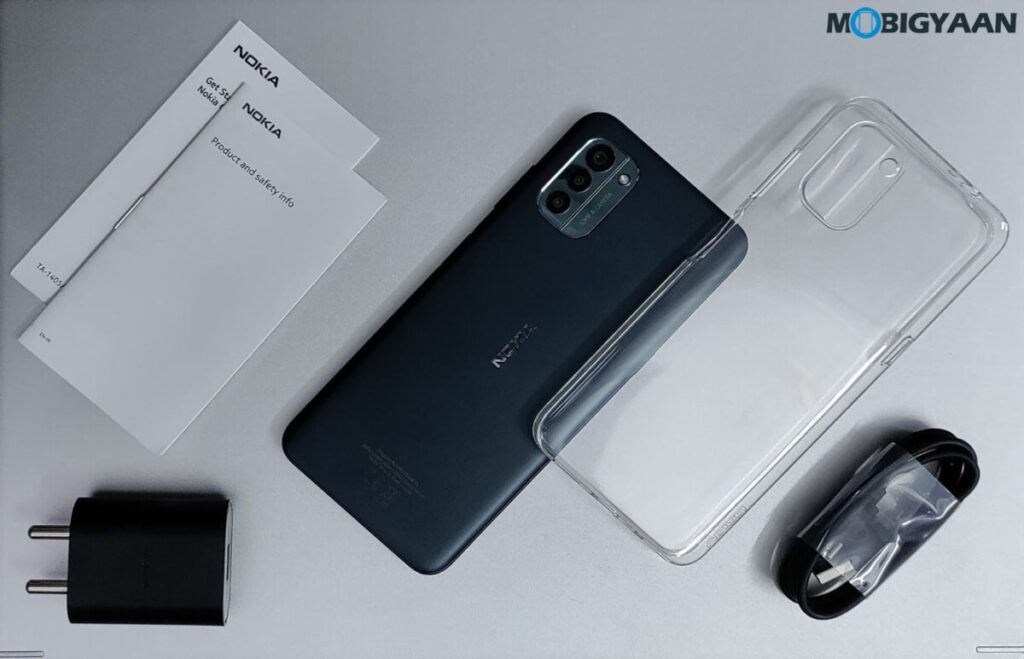
In our internal testing, we were able to run PUBG/BGMI on HD graphics with the frame rate set to high.
As for its battery life, the battery almost drains by around 50% within 24 hours of heavy usage with the brightness set to high. This leads us to say that the device can run almost 2.5 days without plugging it in. However the battery life can be extended up to 3 days if you use the device moderately at medium brightness.
Additionally, it should also be noted that the bottom and top of the device got pretty toasty when we hit the phone with a series of benchmarks and recorded videos for almost half an hour. However, it cooled off pretty quickly and won’t be an issue during day to day usage.
Camera Setup
As for its cameras, the Nokia G21 features a triple rear camera setup which consists of a 50MP primary, 2 MP macro and a 2MP depth sensor paired with an 8MP selfie camera on the front of the device. Additionally, both the front and rear camera setups support 1080p video recording.
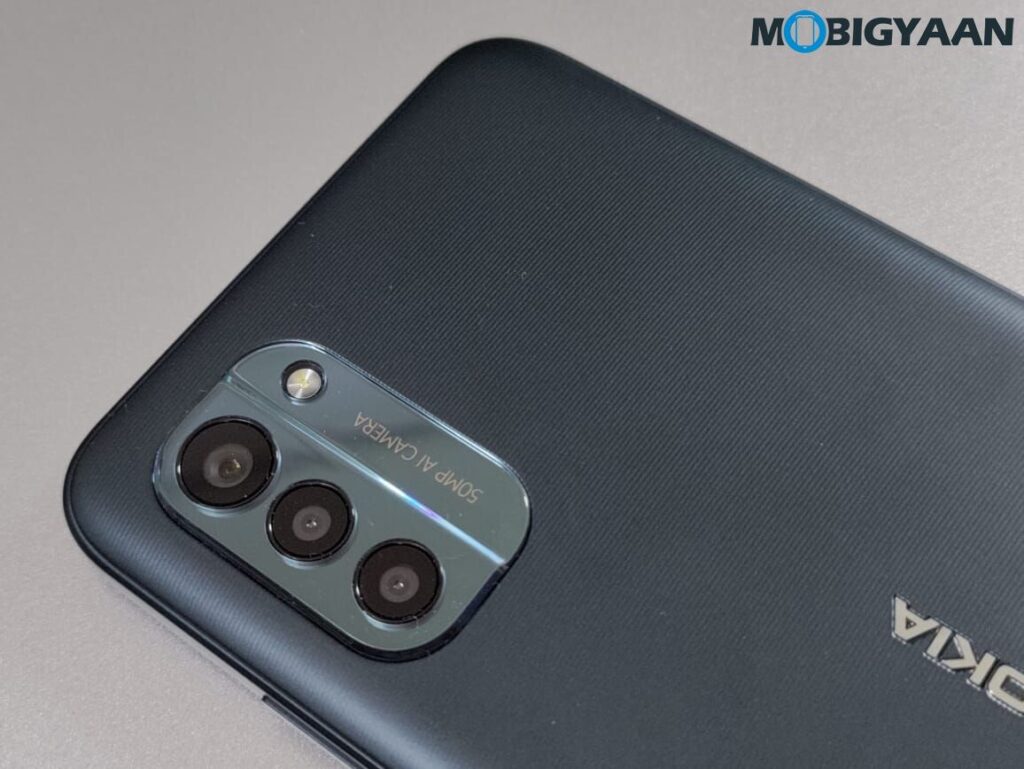
Technical specifications aside, Nokia G21 also offers a bunch of software optimized camera features including a dedicated Macro Mode, Night mode, Portrait mode, and Beauty mode as well as support for Slo-mo recording, basic color filters, and more.
In our testing, the Nokia G21 was able to deliver pretty sharp and colorful portrait mode photographs with its 50MP rear primary sensor but the results became a hazy mess as soon as we switched to the dedicated macro mode. Apart from the rear camera setup, the 8MP selfie camera offered dull yet sharp looking images.
Software & User Interface
In stark contrast to other mid-range smartphones at this price range that offers a mediocre user experience in the form of bloatware-ridden software, the Nokia G21 comes with a near-stock Android 11 software experience in the form of Android 11 Go, a watered-down version of full-fledged Android 11 that is designed for lower-end smartphones.
Meanwhile, Nokia also promises that the G21 will receive about 2 years of major software updates and 3 years of security patches. This is great and means that we can see the Nokia G21 supporting Android 12 and even 13 in the near future.
Final Verdict
Now that we know about all the important details and specifications of the newly launched Nokia G21, let’s answer the most important question: whether or not you should consider getting the Nokia G21 for yourself? The shortest possible answer is yes, the Nokia G21 offers a stock-android software experience along with smooth performance during the day to day usage. Meanwhile, the 5050mAh battery paired with a relatively capable processor allows more work to be done in between charges.
This leads us to say that the Nokia G21 only makes sense as a daily driver if you have a pretty limited budget and are particularly looking for a clean UI experience paired with a large battery and an adequately powerful processor or if you are a brand loyalist. However, if you are ready to increase your budget a bit you can get your hands on some better alternatives like the Moto G52, Redmi Note 11 or Oppo K10.

